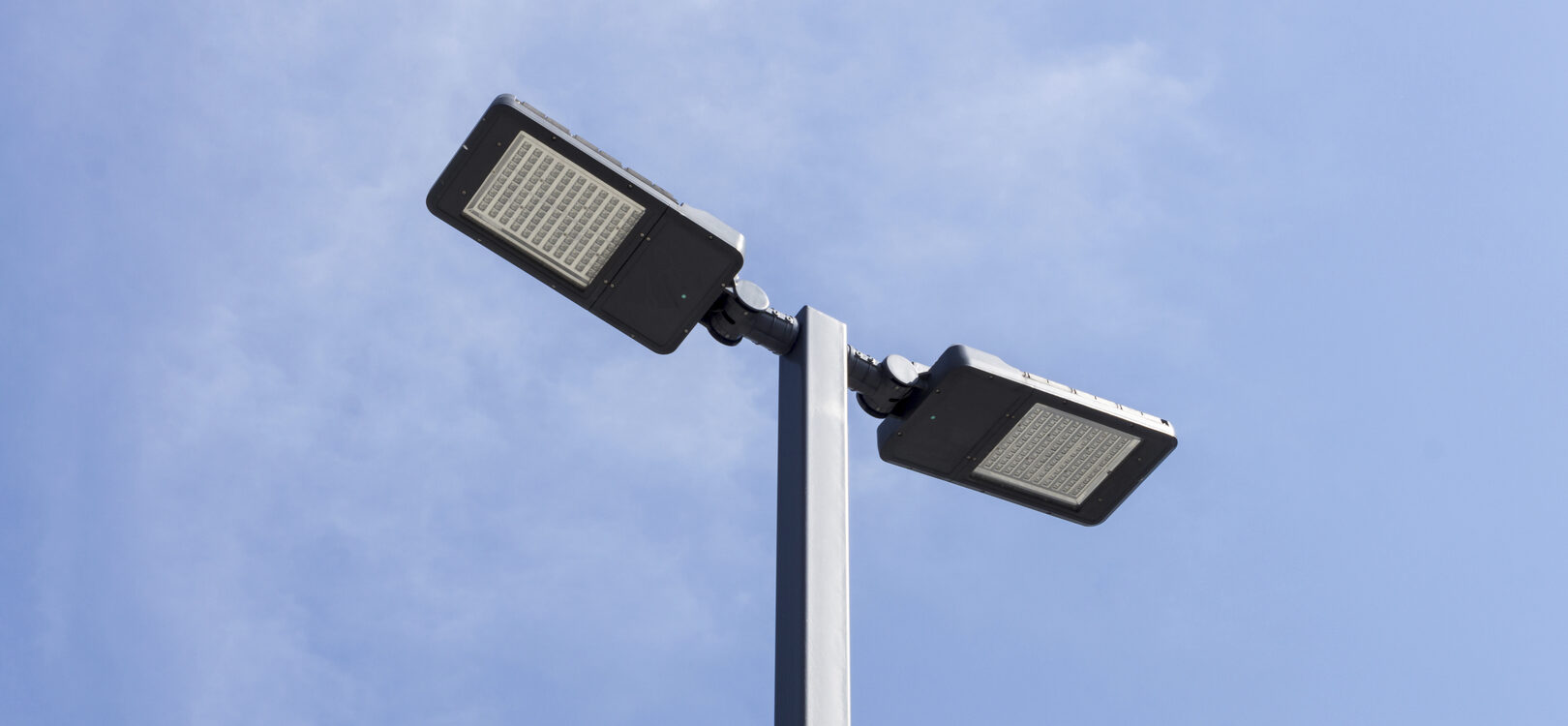Customer benefits of Atomic Layer Deposition
One of the classic mistakes of engineer-driven high tech companies is to assume that people – customers, partners, website visitors, journalists – understand the benefits of the technology when they see it. The advantages of having an ALD-based bottom DBR in LEDs are obvious, right? Everybody gets that.
A multitude of application areas for Atomic Layer Deposition
We have certainly been guilty of technical language too, but on this blog and on our website, we have tried to list concrete ALD applications examples and write stories about why our customers use ALD. Moisture barriers, optical coatings, corrosion protection, anti-tarnish coatings, insulators, decorative coatings, etc. We think the customer cases should open the wonderful potential of atomic layer deposition also to those coming from the outside of the ALD community (and even to people without a doctoral degree in chemistry).
And indeed, they do. The website section for application cases of ALD, which we launched earlier this year, has become very popular and has got thousands of page views. There clearly is plenty of interest to understand where atomic layer deposition is used, and it seems we are doing the right thing by showing examples.
Communicating the customer benefits of ALD
The invisible ALD coatings are everywhere around us, but most people wouldn’t know about them. Even technology experts sometimes struggle to grasp what kind of tangible benefits ALD coatings bring into our customers’ products. The job of marketing engineers and technical copywriters in Beneq marketing is to explain to outsiders where they are and why they are used.
Last week, we talked about the benefits of ALD coatings in batteries. Here are some more examples of customer benefits of atomic layer deposition:
Optical coating for lenses in high-power lasers means more performance and more precise lasers.
Corrosion protection for LED packaging means longer product life.
ALD moisture barriers in scintillator components result in a dramatic increase of reliability for digital X-ray equipment.
Encapsulation of phosphor powder? Better product quality of LEDs through advanced moisture protection.
A buffer layer in CIGS cells? More efficient solar cells that are cheaper to manufacture.
And so on.
Improving LEDs with ALD
Oh, and in case you started wondering (and did not google the answer yet): DBR means Distributed Bragg Reflector. They can be used for reflecting light to desired directions. They improve the efficiency of LED lighting, but when a DBR layer is needed on a LED bottom that is not planar, traditional manufacturing methods do not apply. ALD, however, works great also on complex structures. The customer benefit is that a bottom DBR reflector can now be implemented on new kind of LED dies with patterned surfaces.
In short: ALD gives us brighter LED lights.


Comments